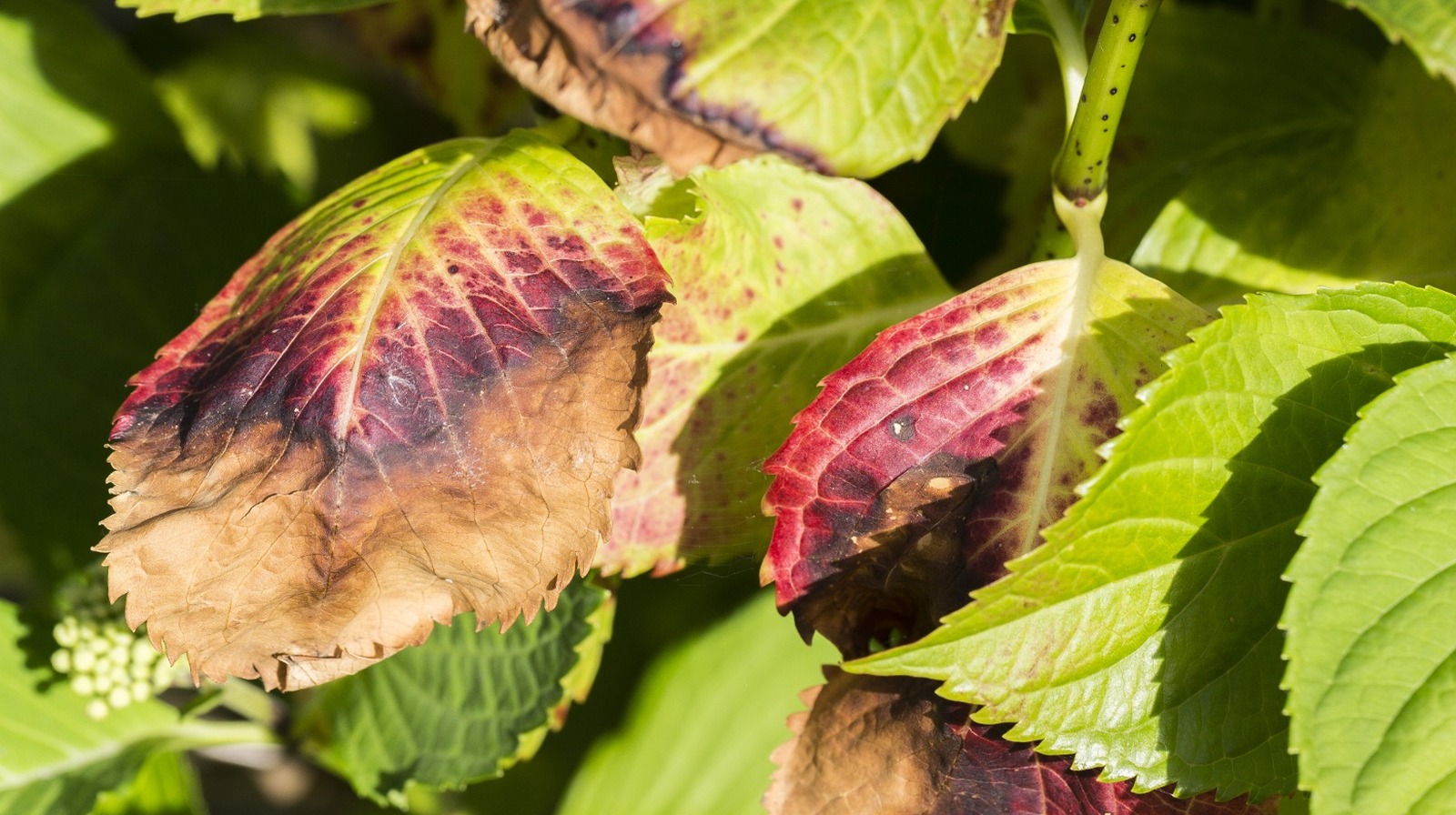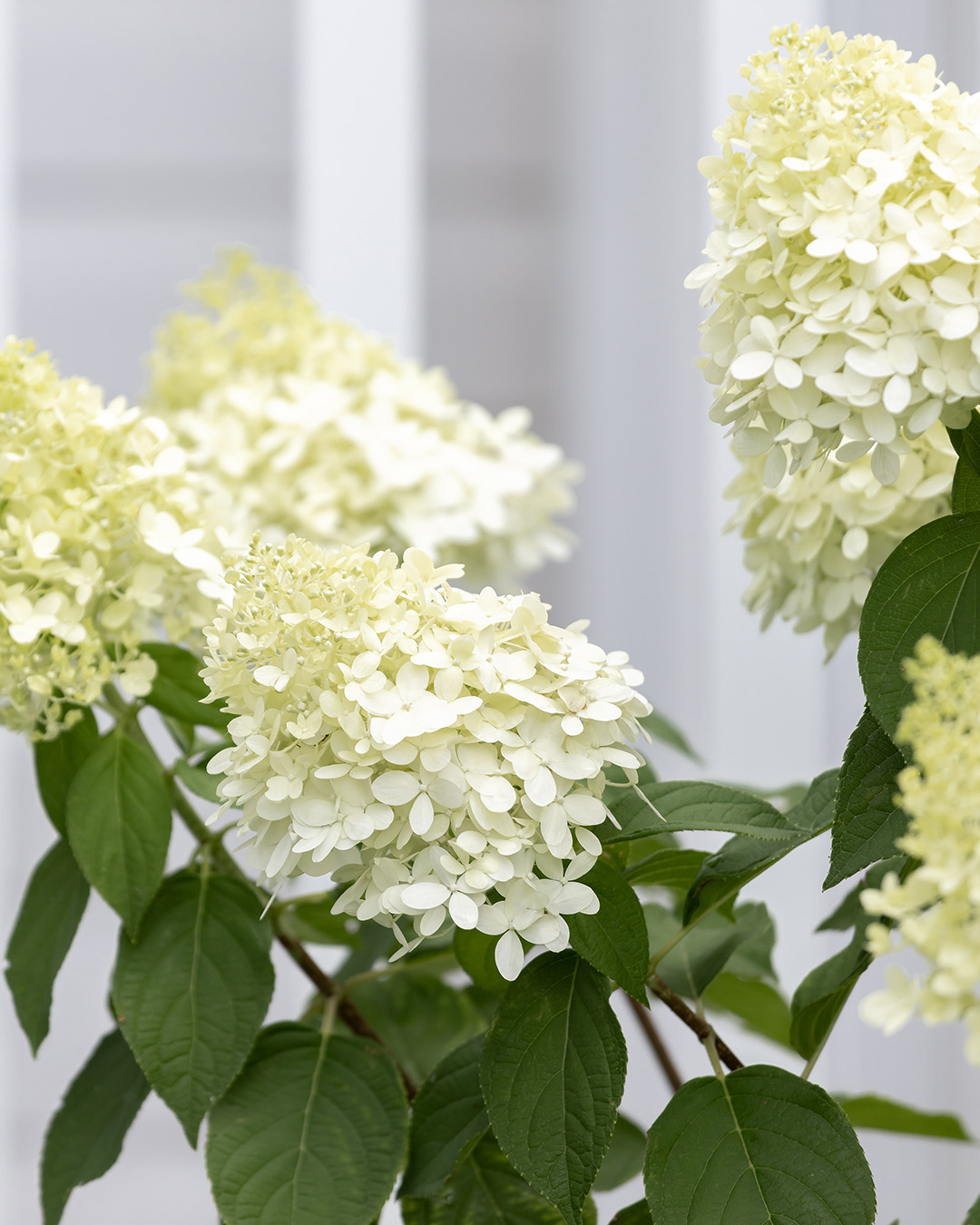See This Report on Hydrangea Leaves Turning Yellow
Table of ContentsUnknown Facts About Hydrangea Leaves Turning YellowAn Unbiased View of Hydrangea Leaves Turning YellowOur Hydrangea Leaves Turning Yellow PDFsThe smart Trick of Hydrangea Leaves Turning Yellow That Nobody is Talking AboutExamine This Report about Hydrangea Leaves Turning Yellow
The container must be big sufficient so the plant can grow and obtain all of the water and nutrients it requires. Location the container on a deck, or in a dubious area on a patio area. You can additionally replace the plant with a panicle hydrangea. Panicles love the complete sunlight.Regardless of the selection, plan ahead and make certain your plant has lots of defense from the wind. You have a couple of options here. You might transplant to a new place, or you might develop a wind barrier using an additional plant, or fence. To create a wind obstacle you could, or a hedge to obstruct the wind.
Ornamental turf, Rose of Sharon, or Holly shrubs are just a few ideas of plants you can utilize to block the wind. If you need to hair transplant, find a spot in your yard that is well shielded from sunlight and wind. Transplanting is best done in the fall or the spring.
The plants area is the most important variable when it comes to obtaining well-known and correct development. With a little forethought on growing place and proper maintenance, you'll be able to ensure your hydrangeas!.
The Main Principles Of Hydrangea Leaves Turning Yellow

You can save the plant from yellow fallen leaves by providing it the appropriate light and positioning. If your plant gets yellow leaves, relocate it to a dark place. Location Hydrangea plants indoors near an east-facing window. Dapple the plant with drapes or UV security sheets to obstruct direct warm.
, and temperature level alterations can cause yellowing leaves and brownish areas. If it gets too warm, the sides of the leaves become yellow, transform brown and develop a crunchy texture.

10 Simple Techniques For Hydrangea Leaves Turning Yellow
However, yellow fallen leaves in Hydrangeas are the very first indications of condition problem, commonly followed by black areas, browning, drops, and wilting. Isolate the infected or pest-infested plant from the healthy plants to stop disease spread. If it is a garden plant, remove all the contaminated fallen leaves utilizing sterilized tools and tidy up all the debris.
Reducing off helps Hydrangea color unnecessary weight and coverage, allowing the growth of brand-new fallen leaves. The best time to trim Hydrangeas is spring when the plant prepares to grow vegetation for the next period. check my reference Check for spent or infected leaves and reduce the base of a stalk that signs up with the fallen leaves and stem.
Avoid cutting healthy or eco-friendly fallen leaves, and do not get rid of even more than 25% of the plant's foliage. The major reason behind the red fallen leaves in Hydrangea is bad soil or ecological conditions.
Additionally, repot the plant yearly in springtime or every 2 years if the growth price is slow.
The Single Strategy To Use For Hydrangea Leaves Turning Yellow

There are six main you can look here reasons that this could happen:: The plant does not obtain enough sunlight.: The origins are either also damp or also dry.: The plant is as well cold.: The soil is not acidic or alkaline sufficient for the hydrangea.: The plant isn't obtaining the right nutrients it needs to remain healthy.
Each factor affects the plant in a means that can be repaired if we comprehend just how to look after hydrangeas the proper way. When we discuss inadequate light for hydrangeas, we mean that index the plant isn't obtaining sufficient sunlight. Hydrangeas prefer brilliant light, yet not direct, scorching sunlight. They often grow finest with early morning sunlight and mid-day color.
Without adequate sunlight, the leaves can transform yellow, the plant can become weak, and it may generate fewer blossoms. To ensure a hydrangea obtains sufficient light, it ought to be positioned in a spot where it can delight in the early morning light and be safeguarded from the extreme mid-day sunlight. Overwatering is when a hydrangea plant gets more water than it requires.
Yellow leaves may be an indicator that the plant is obtaining also much water. On the other hand, dehydration occurs when the plant doesn't get adequate water.
What Does Hydrangea Leaves Turning Yellow Mean?
This problem is common in the fall as the climate changes or if a hydrangea is planted in a spot where it doesn't obtain adequate warmth from the sunlight. It is very important to know the appropriate conditions for hydrangeas to avoid low-temperature anxiety. A lot of hydrangeas expand ideal in areas 6 to 9, where the environment is milder.
It is necessary to know that this type of yellowing is different from the yellowing triggered by issues like way too much water or not enough light. If the yellow leaves are primarily at the base of the plant and the rest of the plant looks healthy, it might simply imply that the leaves are merely obtaining old.